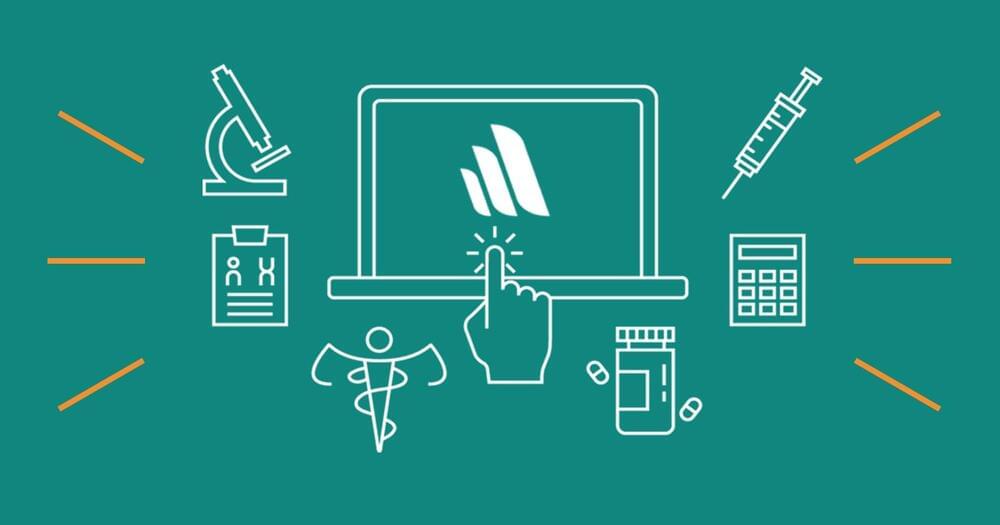Many believe the future of humanity is to go Digital, uploading our minds to computers, living in virtual worlds that are vastly more efficient and compact. If we might do this, might distant alien empires too? And if so, might this be the reason we don’t see them?
Use code ISAACARTHUR14 for up to 14 FREE MEALS + 3 Free Gifts across 5 HelloFresh boxes plus free shipping at https://bit.ly/3xDFDye.
Visit our Website: http://www.isaacarthur.net.
Join Nebula: https://go.nebula.tv/isaacarthur.
Support us on Patreon: https://www.patreon.com/IsaacArthur.
Support us on Subscribestar: https://www.subscribestar.com/isaac-arthur.
Facebook Group: https://www.facebook.com/groups/1583992725237264/
Reddit: https://www.reddit.com/r/IsaacArthur/
Twitter: https://twitter.com/Isaac_A_Arthur on Twitter and RT our future content.
SFIA Discord Server: https://discord.gg/53GAShE
Listen or Download the audio of this episode from Soundcloud: Episode’s Audio-only version: https://soundcloud.com/isaac-arthur-148927746/the-fermi-para…turization.
Episode’s Narration-only version: https://soundcloud.com/isaac-arthur-148927746/the-fermi-para…ation-only.
Credits:
The Fermi Paradox: Digital Empires & Miniaturization.
Science & Futurism with Isaac Arthur.
Episode 319, December 2, 2021
Written, Produced & Narrated by Isaac Arthur.
Editors:
A.T. Long.
Jerry Guern.
Cover Art:
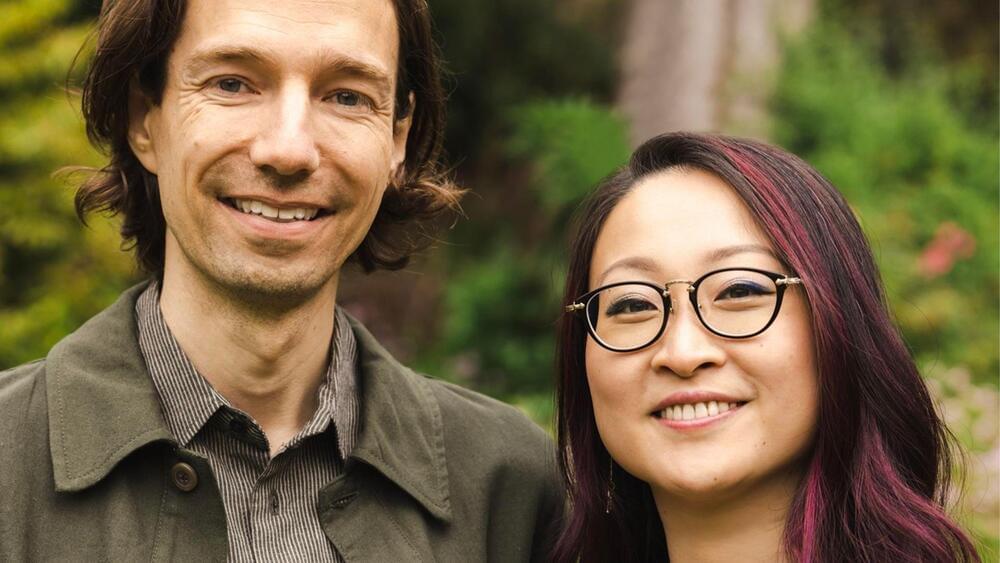
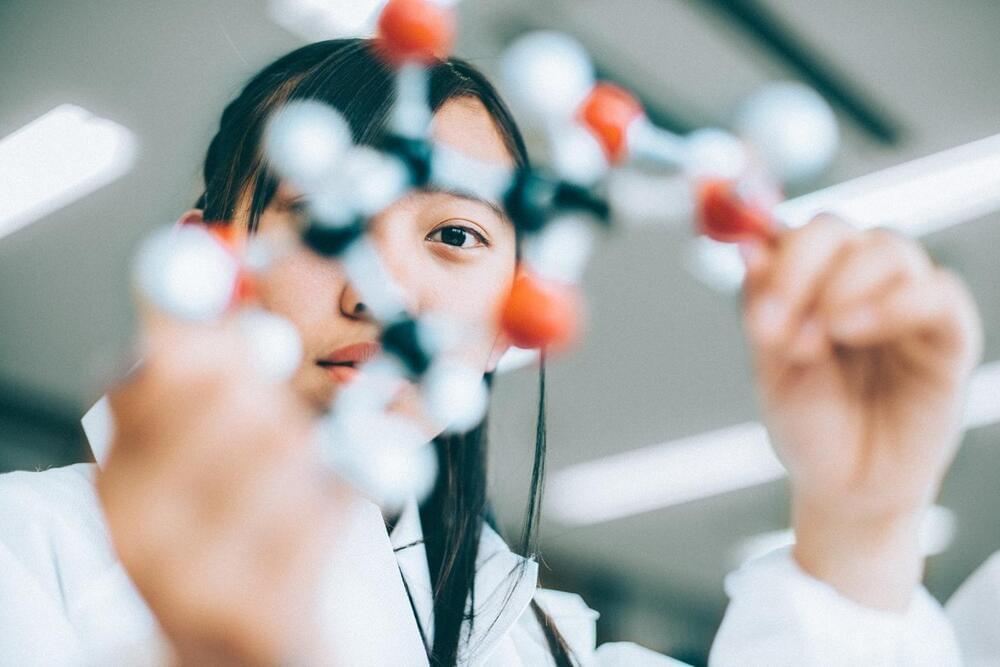
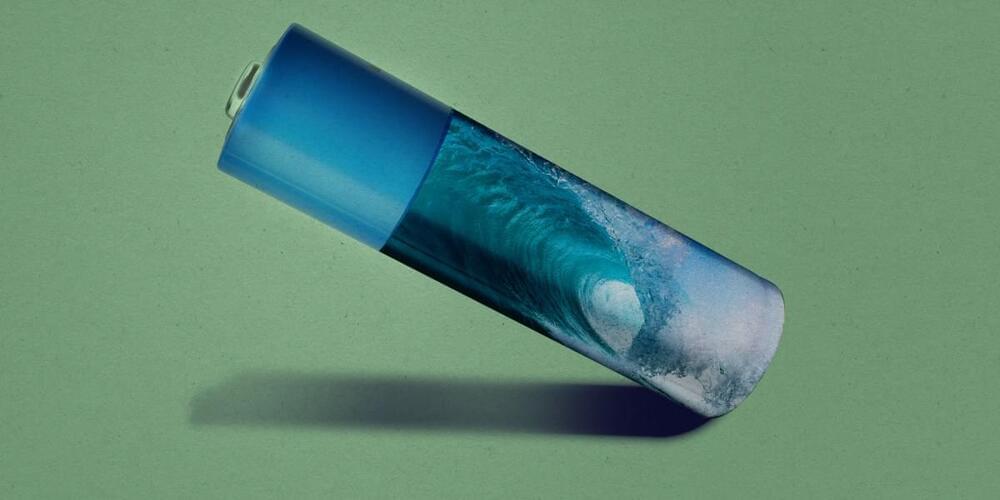
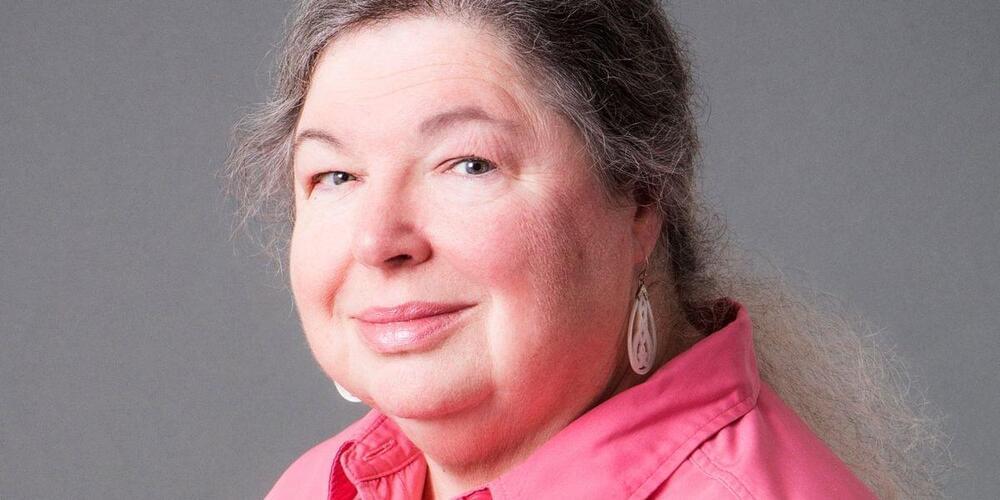



 עברית (Hebrew)
עברית (Hebrew)
